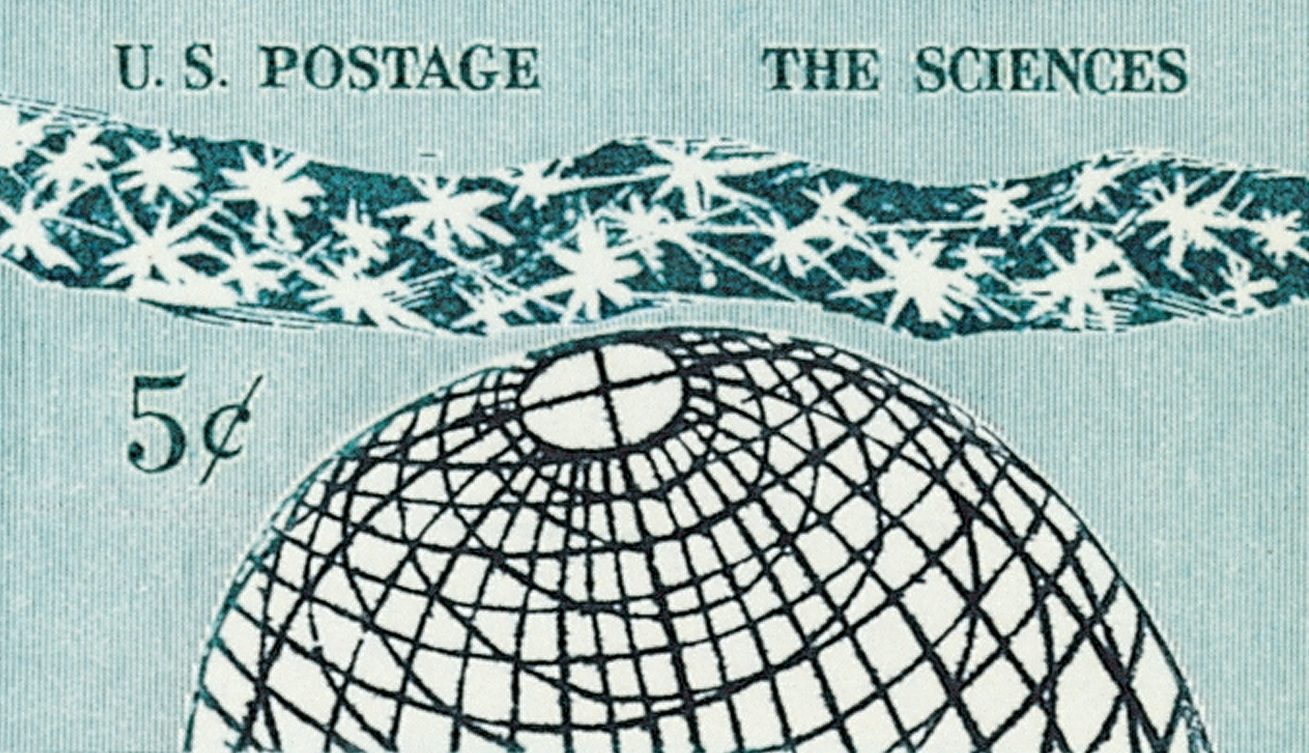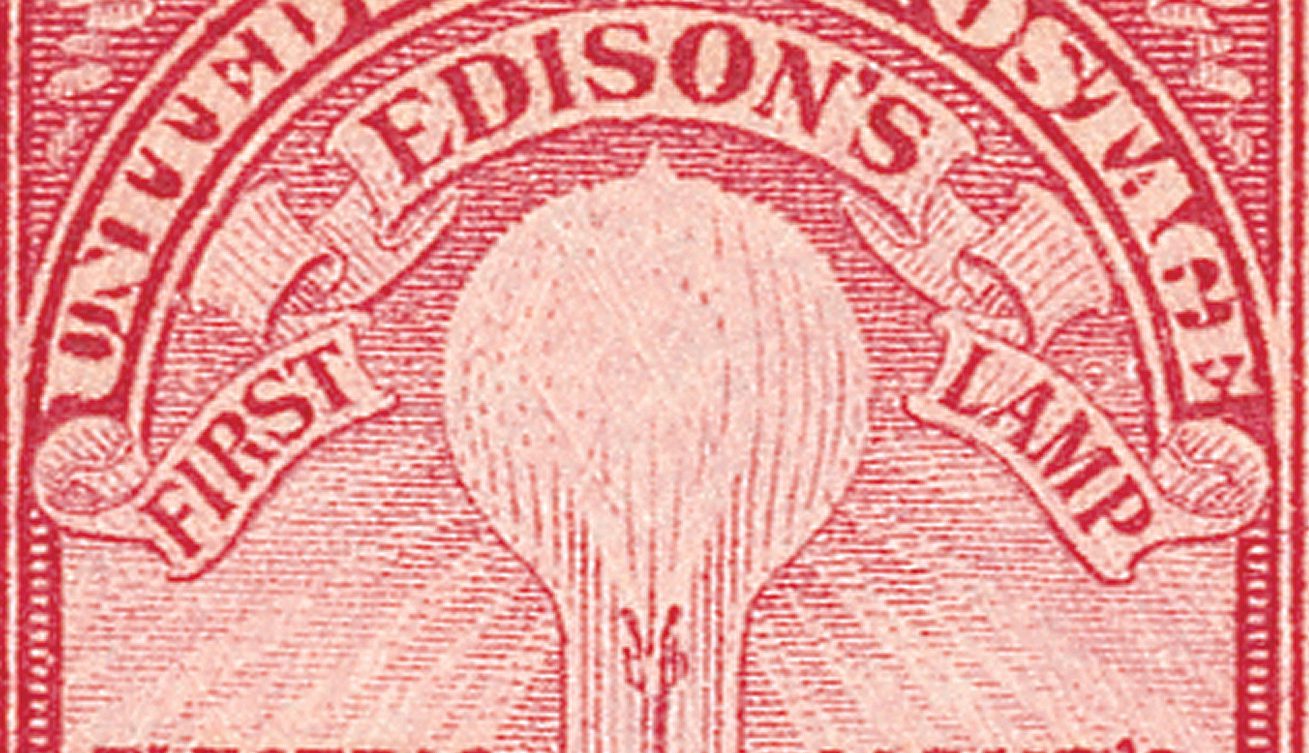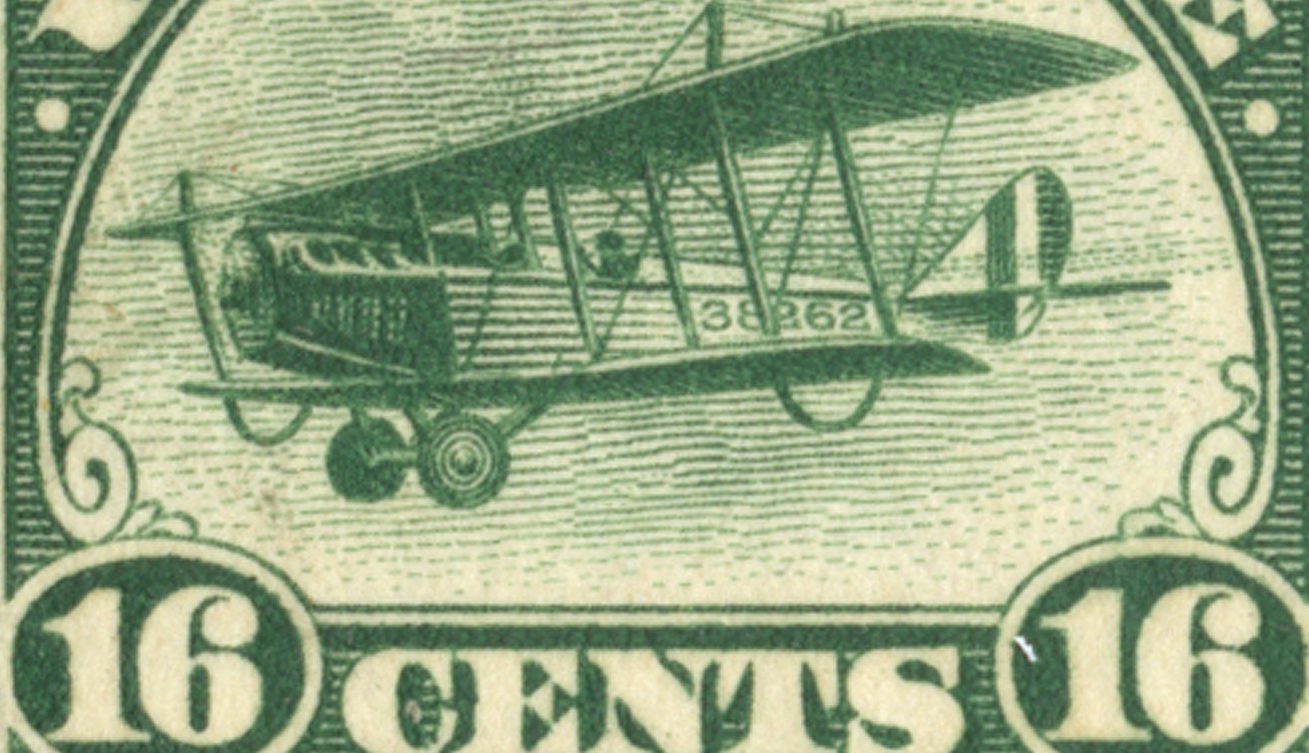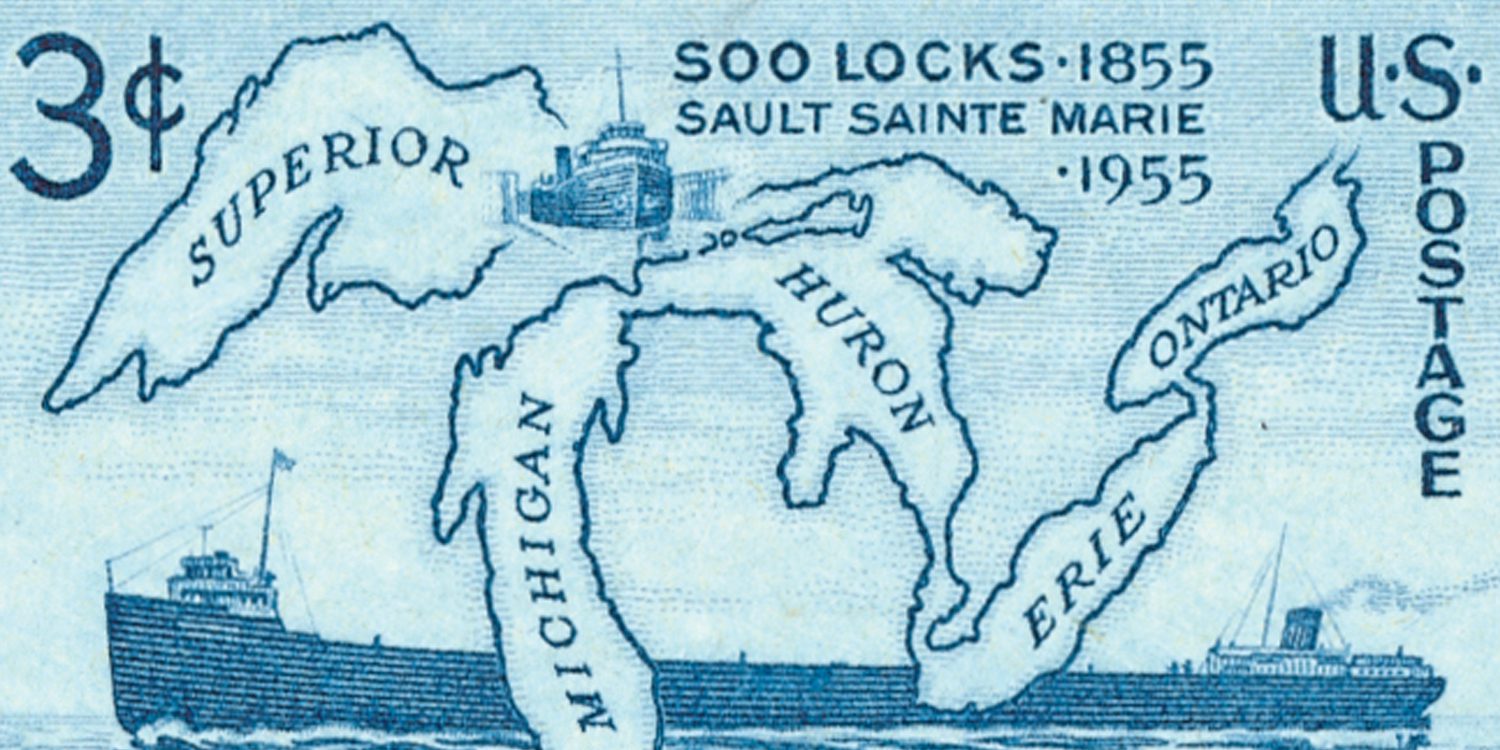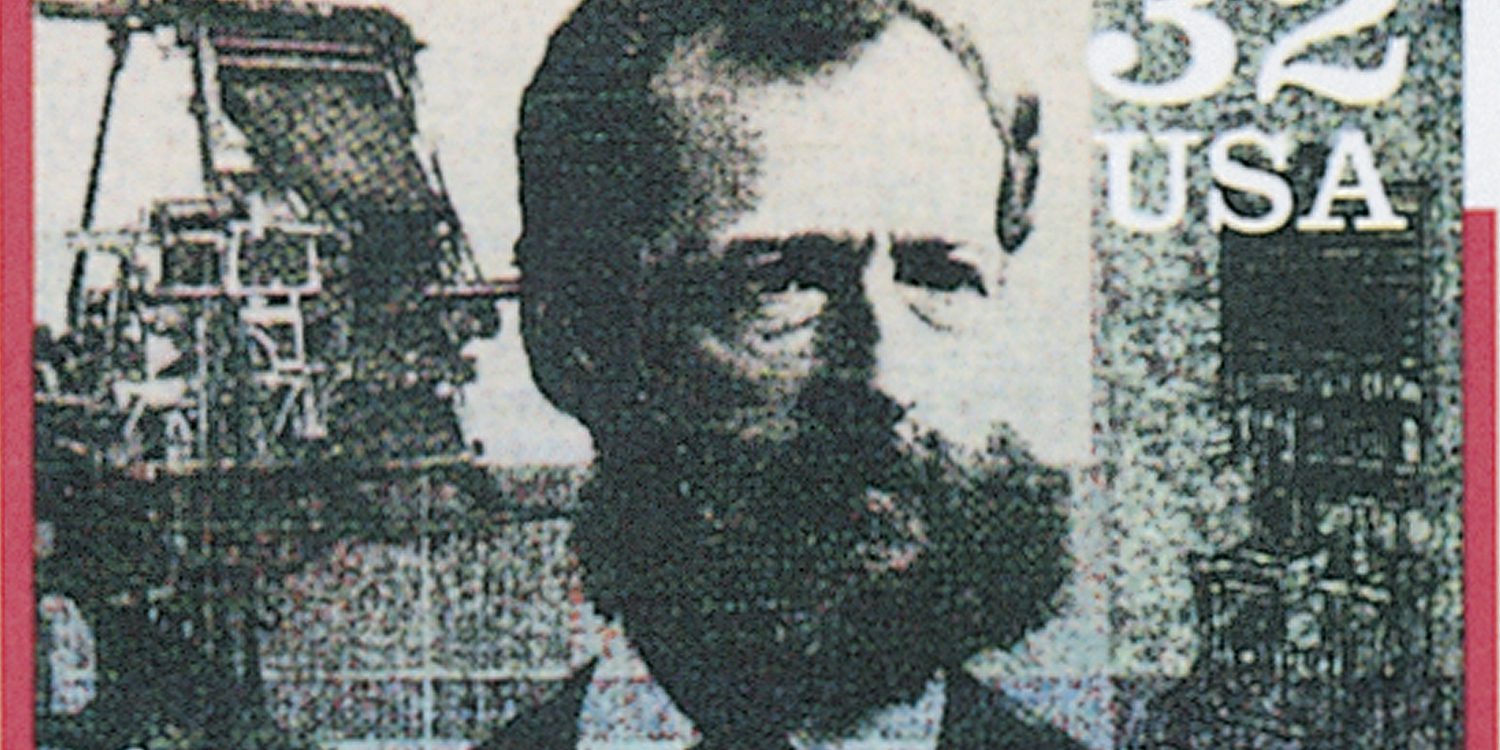American Association for the Advancement of Science
The American Association for the Advancement of Science (AAAS) was founded on September 20, 1848, in Philadelphia, Pennsylvania. It grew to become the world’s largest general scientific society with more than 120,000 members.

